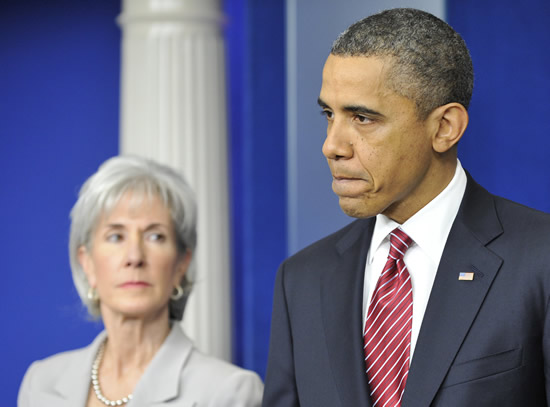 The latest announcement from the Obama Administration has confirmed what so many Americans already know: Obamacare is a hardship.
The latest announcement from the Obama Administration has confirmed what so many Americans already know: Obamacare is a hardship.
With millions of reported insurance cancellations, unbalanced by just 400,000 sign-ups for coverage on the Administration’s excuse for a website, the White House is or should be in full panic mode. And issuing more government rules to correct the consequences of their unworkable government rules is the only thing they seem to know how to do.
Thus, the Health and Human Services (HHS) Secretary is now exercising her authority to grant a “hardship” exemption to the individual mandate to purchase health insurance. The Administration announced that those who have had their previous policies canceled will now qualify for a “temporary” hardship exemption (no exact time frame is given) from the individual mandate. Thus, as the law allows, those who get a “hardship exemption” are now able to purchase a catastrophic plan—typically only available to those under age 30. This is supposed to be beneficial because catastrophic plans have cheaper premiums, as Secretary Sebelius estimates, on average about 20 percent lower than other plans available on the exchange.
Under the Affordable Care Act, however, catastrophic plans have the highest deductibles allowed—$6,350 for self-only coverage—before the plan pays benefits. In addition,catastrophic plans are not eligible for subsidies in the exchanges.
The Administration’s latest action begs a crucial question: Is this a workable option for the people who had their coverage canceled? First, to qualify, of course, you must have had your policy canceled. You must also state that you found no other options “affordable.” Apparently, this means that no other plan was “affordable” despite the possibility of getting taxpayer subsidies for those other plans. Verification is going to be a challenge.

No comments:
Post a Comment